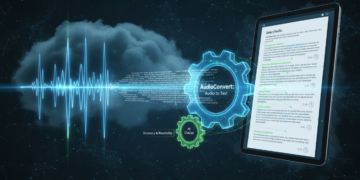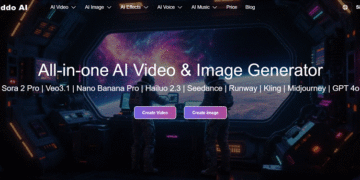Hybrid working might have seemed like a pandemic-era fad at first but it’s fast becoming the default model for many businesses. As businesses settle into this “new normal,” the demands on infrastructure shift radically: it’s not just about remote access during a crisis, but designing networks, security, endpoint systems, and digital workspaces to support a dispersed, always-on workforce. Below are four infrastructure dimensions that are shaping the hybrid workplace of the future.
1. Networking, Connectivity & Zero-Trust Architecture
When staff may log in from offices, homes, cafés, or coworking hubs, connectivity must be ubiquitous, resilient, and secure. The era of trusting “inside the perimeter” is fading. Instead, architectures built around Zero Trust, SASE (Secure Access Service Edge), and identity-centric access are becoming foundational. In this model, every request is verified, devices are continuously assessed, and access is granted based on context (user role, device health, location) rather than network location.
On the networking side, pressure intensifies on latency, bandwidth, and traffic backhaul, particularly as media-rich collaboration tools (video, large files) become the norm. SD-WAN, software defined networking, traffic steering, and edge nodes will be critical to managing load, optimising performance, and keeping user experience smooth across all locations.
2. Device Management, Endpoint Security & Remote Access
Hybrid working multiplies the number and types of endpoints: employee laptops, tablets, phones, home routers, IoT devices, perhaps even employee-owned devices (BYOD). Managing, securing, and monitoring this heterogeneous landscape is nontrivial.
Key technologies will include:
- Endpoint Detection & Response (EDR) solutions to spot anomalies, contain threats, and provide visibility into endpoint behaviour.
- Identity & Access Management (IAM) systems, with multi-factor authentication, adaptive policies, and conditional access, to ensure only verified identities and devices communicate.
- Zero-touch provisioning and remote management tools that let IT push updates, enforce policies, or decommission devices without physical presence.
- Secure tunnelling (modern VPNs or Zero Trust Network Access, ZTNA) to channel traffic safely when accessing organisational systems.
3. Platform Integration, Collaboration Tools & Digital Workspaces
Infrastructure isn’t useful unless people can work seamlessly. Unified collaboration platforms (chat, document sharing, workflows, video) must integrate fluidly across devices and environments. Virtual desktop infrastructure (VDI) or Desktop as a Service (DaaS) can help centralise workloads and data while letting endpoints act as thin clients. Microservices, cloud-native apps, and API-driven platforms allow modular, flexible deployments across hybrid environments.
The key is flexibility and consistent experience: whether someone is in the office, at home, or in a satellite location, their tools, data, and workflows should feel familiar and performant.
4. Scalability, Resilience & Outsourcing Models
Hybrid infrastructure must scale up or down with shifts in headcount, office usage, or business demand. It must also remain resilient: failover, redundancy, disaster recovery, and geographic diversity become core requirements rather than optional extras.
Many organisations will rely increasingly on managed IT services to oversee hybrid environments and handle patching, monitoring, alerting, and support without overloading internal staff. This hybrid outsourcing approach frees core teams to focus on strategic needs rather than routine maintenance.
Final Thoughts
Hybrid working is here to stay, and the organisations that thrive will be those that build infrastructure not for the past, but for the future and they can no longer operate in separate silos. For true success they must interlock and evolve together.
David Prior
David Prior is the editor of Today News, responsible for the overall editorial strategy. He is an NCTJ-qualified journalist with over 20 years’ experience, and is also editor of the award-winning hyperlocal news title Altrincham Today. His LinkedIn profile is here.












































































